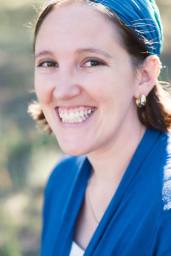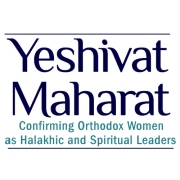I’ve started to write a few blogs recently, but feel like its weird to just dive back in after my hiatus without saying hello and giving some closure. So, I figured what better day than my 32nd birthday to do just that!
I had a very difficult pregnancy, then a very intense labor and delivery, and then got to snuggle an adorable baby boy at the end of February. He is quite possibly the cutest giant tiny human on earth (and I’m not the only one who thinks so). At this point, I am planning on not posting his photo or many stories about him on the blog, though I do occasionally post it in semi-public places online, the blog is more public than I’m willing to make his life right now.
In June we left Israel as planned, just days before the kidnapping and the subsequent turmoil and war. It broke my heart to be in CA and not in Israel, but alas – it was what it was.
We mostly spent our summer in CA with my dad, learning Gemara, visiting people and places in San Diego, and getting ourselves reacclimated to life in America. After two years in Israel, it definitely took time to get used to customer service, not bagging our own groceries, and having to check for food being kosher.
Also this summer we had the unveiling of my mom’s tombstone and the whole family was together for that, which is always nice – though I hate it has to be for such sad reasons. We tried to balance the sadness of that by the joy of spending the time with the youngest member of the family and remembering the cycle of life.
We did take some time to sign our lease in NY and then visit our friends and family in Denver, reconnecting with a place that meant so much to us for so long. And we took some amazing family photos and new headshots (as seen above) with our beloved wedding photographer/friend.
Our first Shabbat in our new community was my mom’s first Yarthzeit and yesterday was my first real Yizkor, so I’m now in a new phase post-aveilut. I’m trying to embrace all the things which reminded me of her and were too hard to deal with last year as ways of honoring her memory in the coming years. (This includes recognizing and celebrating birthdays, hence my acknowledging that in this post.)

What now, you ask?
Well, we are finally living the dream.
D (who is now going by his Hebrew name, so shall hence forth be N as in Nachum) is now a first year student at Yeshivat Chovevi Torah (YCT).
I am also a first year student – at Yeshivat Mahara’t! (Surprise! Only not, right?)
When Jessica and I started this blog, N going to rabbinical school was the goal but it seemed far off, and then as life happened it kept getting pushed back – so its crazy to think that its finally happening. And that I’m doing it too.
Not surprisingly, having a high-needs baby and being in my first year at Yeshivat Mahara’t already keep my plate quite full. Yet, I find writing cathartic and good for processing my thoughts – so I’m hoping to post semi-frequently both here and on the JOFA blog, “The Torch,” but I make no promises on frequency or remembering to cross post the ones from JOFA.
I hope you all had a wonderful year, and a rejuvenating Rosh Hashana/Yom Kippur. 🙂







